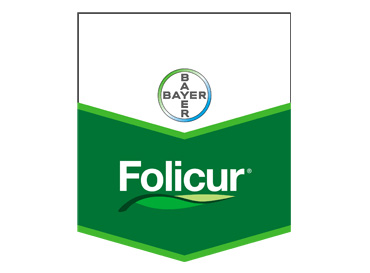

FEATURES:
PRODUCT GROUP
EFFECTIVE SUBSTANCE
FORMULATION
PACKING TYPES
|
PLANTS AND DISEASES TO BE USED |
|||
|
Plant Name |
Disease Name |
Usage Dose and Period |
Harvest with Last Spraying |
|
Tomato |
Early leaf blight (Alternaria solani) |
50 g/100 l water |
7 |
|
Pear |
Black stain (Venturia pirina) |
25 g/100 l water |
14 |
|
Apricot |
Monilya(Sclerotinia laxa) |
60 g/100 l water |
14 |
|
Cereals |
Septoria (Septoria tritici) Yellow rust (Puccinia striiformis) |
75 g/da |
- |
PREPARATION AND USE OF THE DRUG
The required amount of medicine is slurried with a small amount of water and transferred to the half-filled disinfectant tank. The required amount of water is added by mixing.
Apricot
1st spraying at the beginning of flowering (in 5-10% flowers)
2nd spraying, in full bloom (90-100% flowers)
Pear
1. spraying, when the flower is blistering
2. spraying, during the flower rosette period
3. spraying, when 80% of the flower petals are shed, continue spraying at 10-day intervals depending on the weather.
Tomato
It is sprayed directly on the plant as a preservative or at 10-14 days intervals when the first signs of disease are seen.
Cereals
When the first signs of disease are seen in the environment, the first spraying is done as a coating. If the conditions are suitable for the disease, a second spraying should be done with an interval of 10-14 days.
MIXTURE STATUS
WP can be mixed with formulations. It is necessary to pretest with other formulations. It is generally not mixed with highly acidic and basic formulations.
ANTIDOTE AND TREATMENT
It has no special antidote. Treatment is carried out according to the symptoms.
Sosyal Ağ